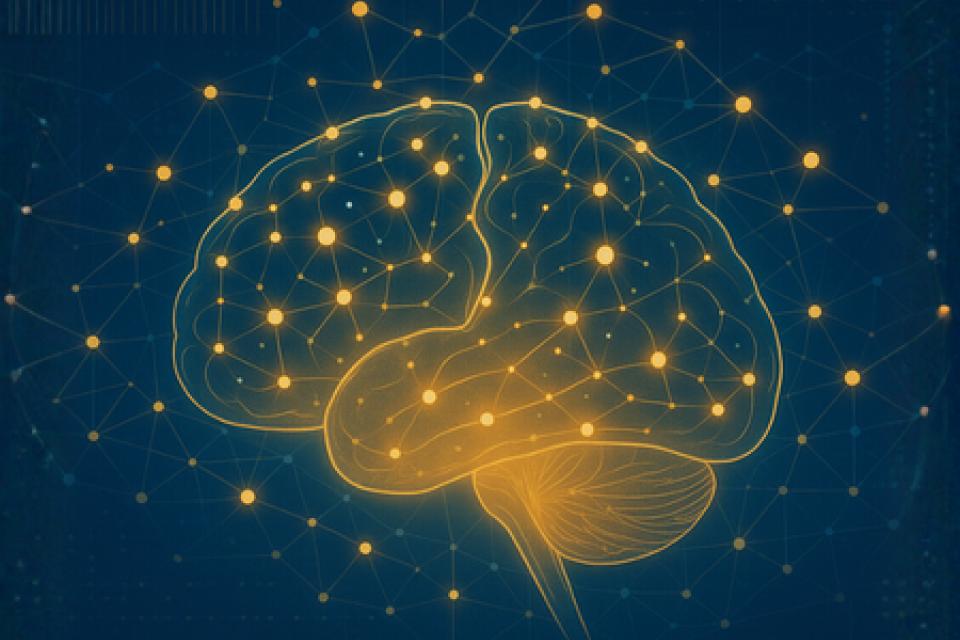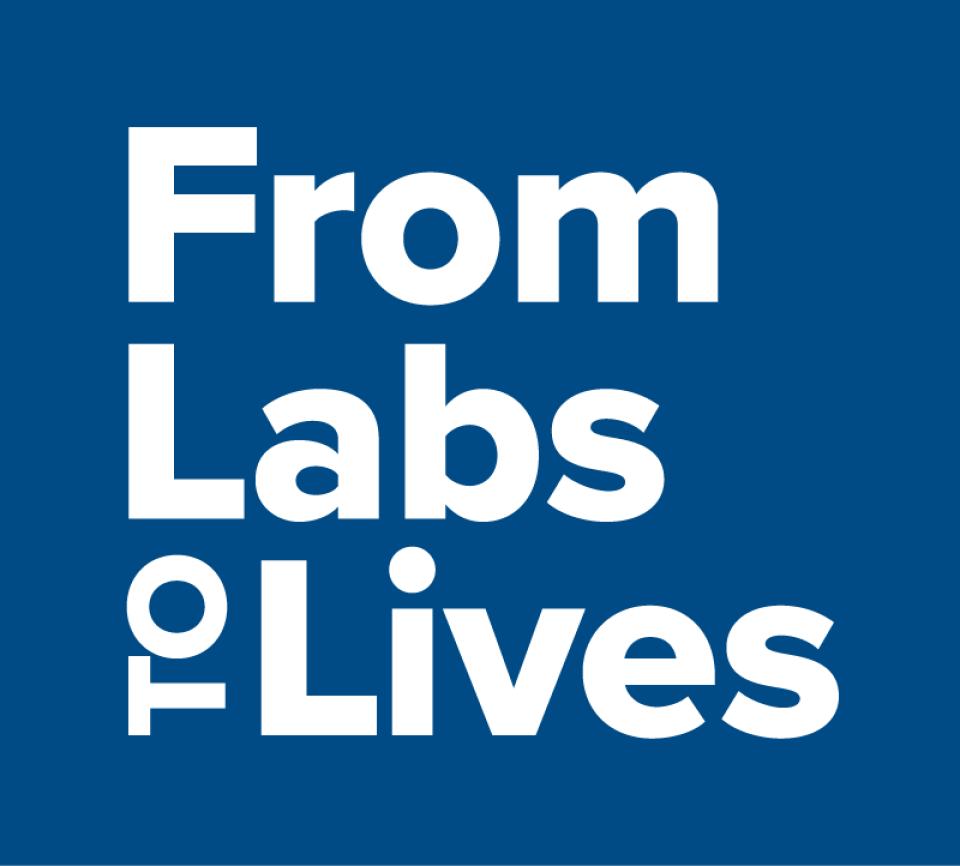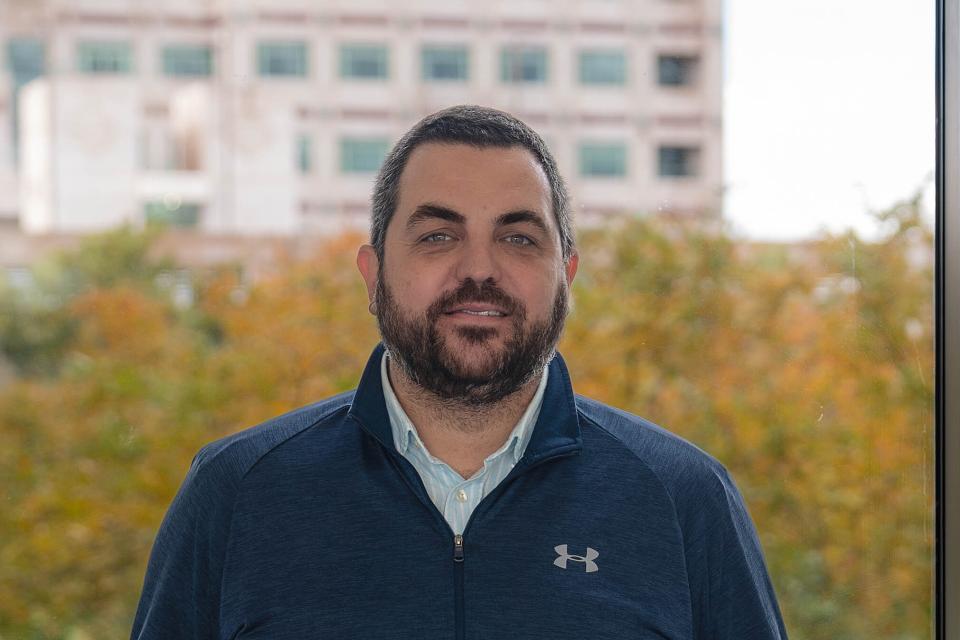Turning Data into Decisions that Protect Minds and Lives
Bridging machine learning and management science to improve health care outcomes

As a data scientist and economist, I’m fascinated by the ways data can help us make better decisions—not just in business, but in health and policy. My current research focuses on one of the most pressing challenges of our time: preventing Alzheimer’s disease and related dementias.
In two ongoing projects supported by federal grants, my team and I are using large-scale electronic health records (EHRs) to explore how preventive treatments—such as statins and hypertension control—affect dementia risk. Our goal is to generate insights that can guide smarter, more equitable healthcare decisions.
In the first study, we examine data from over 175,000 individuals in the U.K. We focus on how the National Institute for Health and Care Excellence (NICE) guideline—recommending statins for those with a 20% or higher cardiovascular risk—creates a natural experiment in prescribing behavior. This lets us use regression discontinuity designs to estimate causal effects: how starting statins actually influences cognitive outcomes in real-world settings.

We go further by incorporating data on patient adherence and using honest causal forests, a machine learning method, to identify the people who benefit most—or least—from treatment. Then we simulate how different public health strategies could shift the overall rate of dementia across the population.
Using Data Analysis to Simulate Dementia Risk
Our second study brings this framework to a much larger and more diverse dataset: 1.4 million older U.S. veterans. Here, we explore how blood pressure treatment intensity relates to dementia risk, accounting for military-related factors such as PTSD, traumatic brain injury, and depression. Again, we simulate how alternative treatment thresholds might reduce dementia cases, especially in communities that have historically been underserved.
What excites me most is the bridge between these methods and management science. We’re tackling the same core challenge that organizations face every day: how to allocate limited resources for the greatest impact.
By grounding our work in real clinical decision thresholds and scalable analytics, we’re building a framework that health systems—and other complex organizations—can use to make more accountable, evidence-based decisions.
At UC Davis, we’re committed to research that moves from the lab to life—where data not only reveals patterns but drives meaningful action to improve health and well-being for all.


